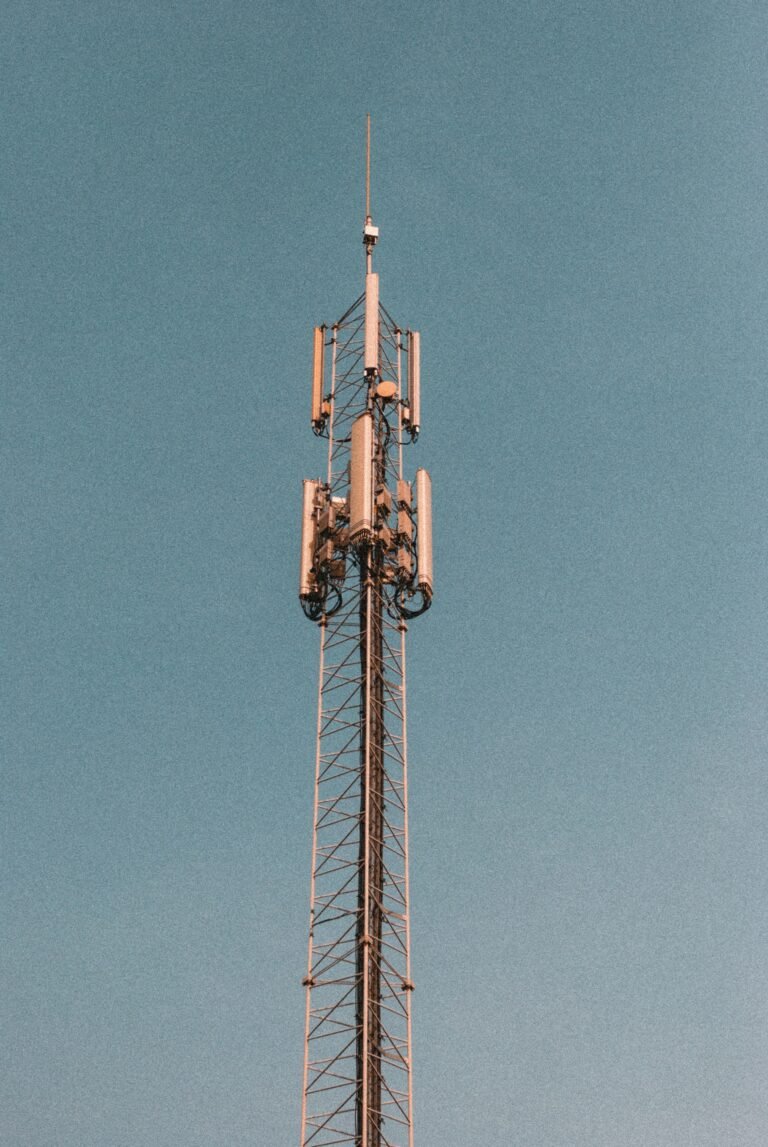Introduction
The world of telecommunications is continuously evolving, and 5G technology represents a significant leap forward in wireless communication. With faster speeds, lower latency, and improved network reliability, 5G is transforming industries and enhancing user experiences. But what exactly is 5G, and how does it work? This guide provides an in-depth exploration of 5G technology, including its components, applications, and impact on different sectors.
1. Understanding 5G Technology
What Is 5G?
5G, or the fifth generation of wireless technology, is designed to provide ultra-fast data speeds, seamless connectivity, and improved network efficiency. It builds on previous generations, including 3G and 4G LTE, by introducing advanced features that enable next-level digital experiences.
Key Features of 5G
- Faster Speeds: Capable of reaching up to 10 Gbps, which is significantly higher than 4G LTE.
- Lower Latency: Reduces lag time to less than one millisecond, enhancing real-time applications.
- Higher Capacity: Supports more connected devices without congestion.
- Improved Reliability: Provides consistent connectivity for critical applications.
2. How 5G Technology Works
Spectrum Bands Used in 5G
5G operates on three spectrum bands:
- Low-band: Offers extensive coverage with moderate speeds.
- Mid-band: Balances speed and coverage for urban and suburban areas.
- High-band (mmWave): Delivers ultra-fast speeds but with limited range.
Network Infrastructure
5G networks rely on:
- Small Cells: These low-power base stations enhance coverage and speed.
- Massive MIMO (Multiple Input Multiple Output): Uses multiple antennas for increased efficiency.
- Beamforming: Directs signals to specific users, reducing interference.
- Network Slicing: Creates virtual networks tailored for different applications.
3. Benefits of 5G Technology
Enhanced Mobile Connectivity
With higher speeds and reduced latency, 5G improves mobile experiences, allowing for seamless streaming, gaming, and video conferencing.
Advancements in IoT (Internet of Things)
5G enables large-scale IoT deployments, supporting smart cities, autonomous vehicles, and industrial automation.
Better Healthcare Applications
Remote surgeries, telemedicine, and real-time health monitoring benefit from 5G’s low latency and high reliability.
Revolutionizing Industries
Manufacturing, transportation, and entertainment sectors leverage 5G for automation, AI-driven solutions, and immersive experiences.
4. Challenges and Limitations of 5G
Infrastructure Development
Deploying 5G requires substantial investment in small cells and fiber-optic networks.
Device Compatibility
Older devices may not support 5G, necessitating upgrades.
Security Concerns
Increased connectivity raises concerns about data privacy and cybersecurity threats.
5. Future of 5G and Beyond
Expansion of 5G Networks
More cities and rural areas will gain access as infrastructure develops.
Integration with AI and Edge Computing
Combining 5G with AI and edge computing will enhance efficiency and real-time decision-making.
Paving the Way for 6G
Research into 6G technology aims to push connectivity beyond 5G’s capabilities.
Conclusion
5G technology is revolutionizing communication, offering unparalleled speed, low latency, and enhanced connectivity. Its applications span multiple industries, improving efficiency and opening new opportunities. As adoption grows, 5G will continue to shape the future of digital innovation, bringing smarter, faster, and more reliable connectivity worldwide.

